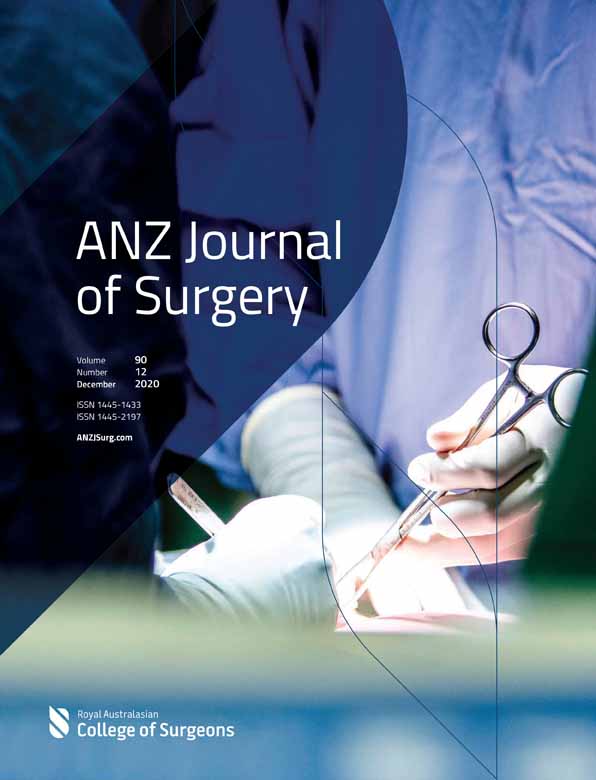Clinical, radiological and pathological outcomes following treatment of primary giant cell tumour of bone with Denosumab
Abstract
Background
Giant cell tumour of bone (GCTOB) is a relatively uncommon, benign, but locally aggressive neoplasm. Denosumab is a fully human monoclonal antibody with inhibitory effects on receptor activator of nuclear factor kappa-B ligand that has shown early promise as a possible treatment adjuvant for GCTB. However, much is still unknown about its current indications, long-term effects, the potential risk for rapid relapse and its involvement in sarcomatous transformation.
Methods
We analysed the outcomes of 154 patients with GCTOB. We assessed clinical outcomes via local recurrence free-survival, metastatic free-survival and sarcomatous transformation between those treated without Denosumab and those with neo-adjuvant Denosumab. Our radiological and pathological outcomes were assessed through independent specialist reviews.
Results
Four (19.0%) patients of the neo-adjuvant group had local recurrence of disease versus 16 (12.0%) patients in the surgery alone group; this results in a 3.62 times increased likelihood of developing local recurrence (P = 0.030). The median time to local recurrence was shorter for the neo-adjuvant group (421.5 days versus 788.5 days) (P = 0.01). There was no difference between Denosumab and the surgery groups in terms of metastatic disease (P = 0.45). Two patients in our cohort with GCTOB developed sarcomatous transformation, both were treated with Denosumab.
Conclusion
Our use of Denosumab tended to be for those patients who had surgically difficult tumours to halt the progression and allow easier resections. Of concern we noted a trend towards increasing recurrence rates with the potential risk for rapid relapse. Furthermore, two cases experienced sarcomatous transformation, which is a growing area of concern within the literature.
Conflicts of interest
None declared.




